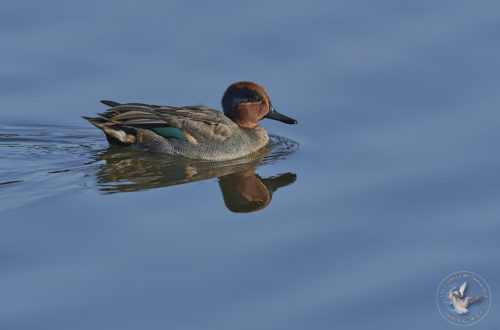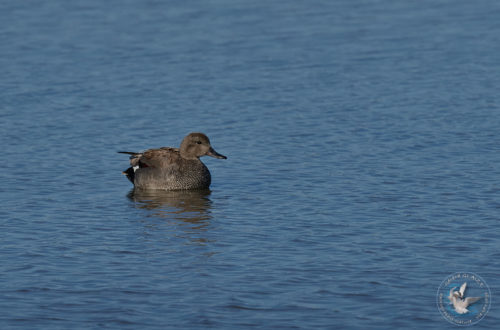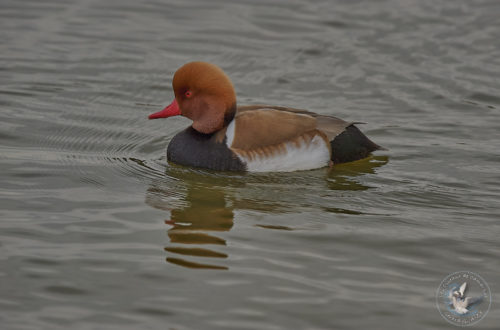Greylag Goose
Greylag Goose is a species of bird belonging to the Anatidae family. Furthermore, this elegant web-footed bird is the ancestor of most breeds of domestic geese. Wild varieties have grey-beige plumage, darker and brown on the nape, flanks, upper wings and upper tail. These brown feathers are veined with the same gray-beige as the underside of the bird. The sides are tinged with brownish. The rump is white, as are the rear of the belly and the undertails. A pale bluish-gray line borders the leading edge of the wings. The legs are flesh pink, strong and webbed. The black eye is circled in white.
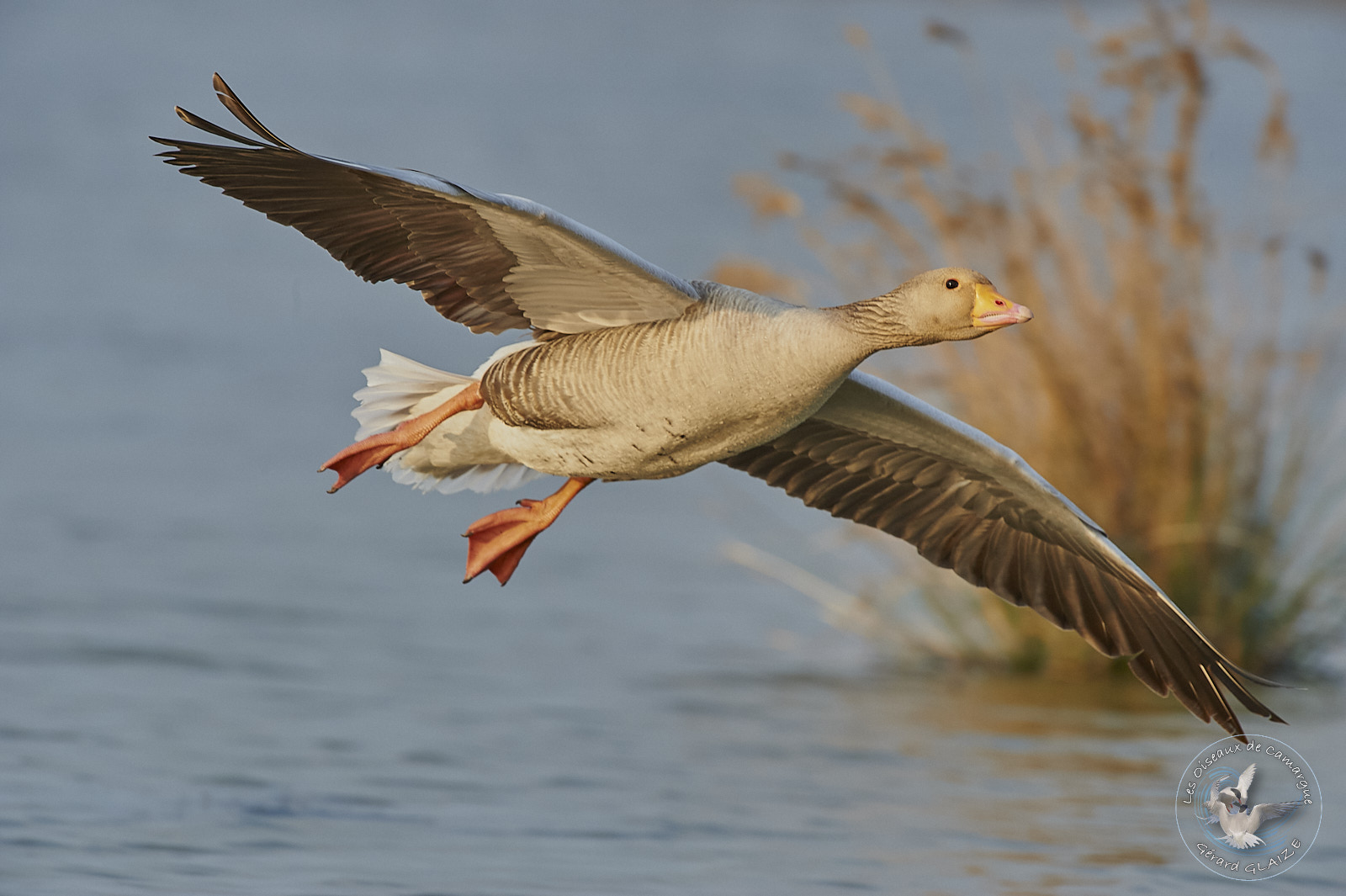
Greylag Goose
Scientific name: Anser anser
Family : Anatidae
Length: from 74 cm to 84cm – Wingspan: from 149 cm to 168cm
Weight : from 2.070 gr to 3.960 gr
IUCN Conservation Status: LC
Flight
The greylag goose has a fast and direct flight. However, when migrating, greylag geese often adopt a V-shaped formation, like other migratory birds such as cranes.

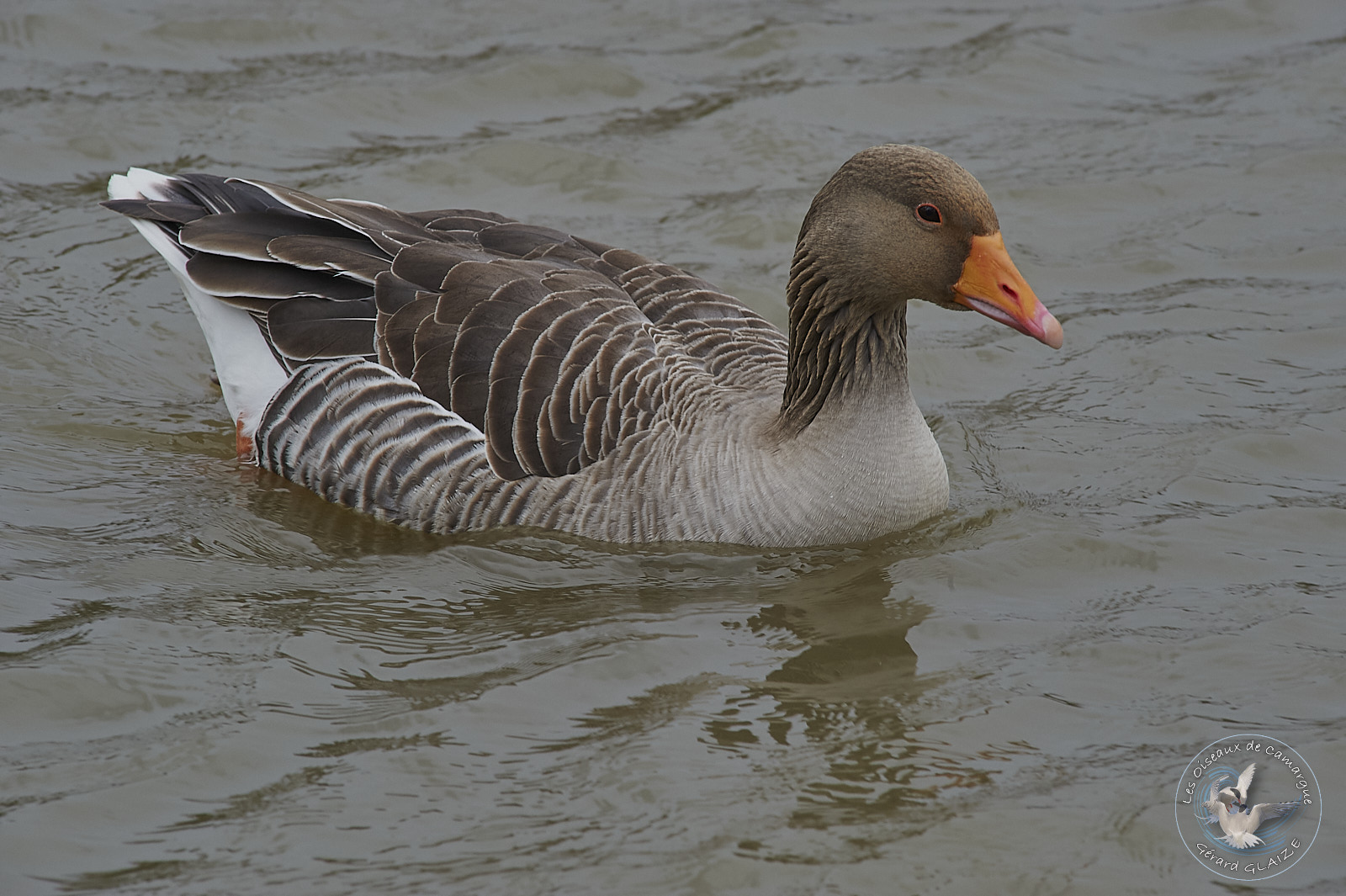
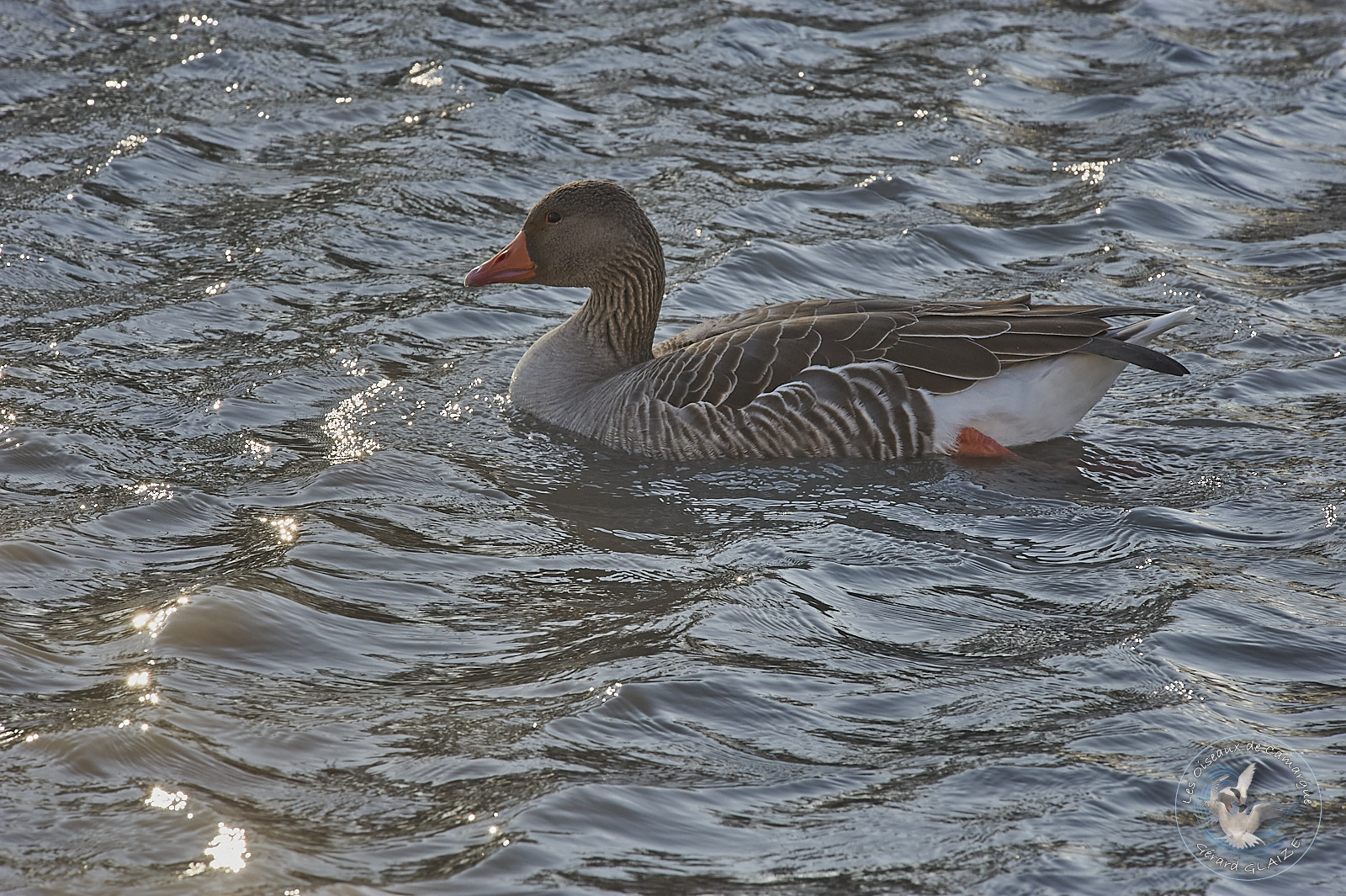
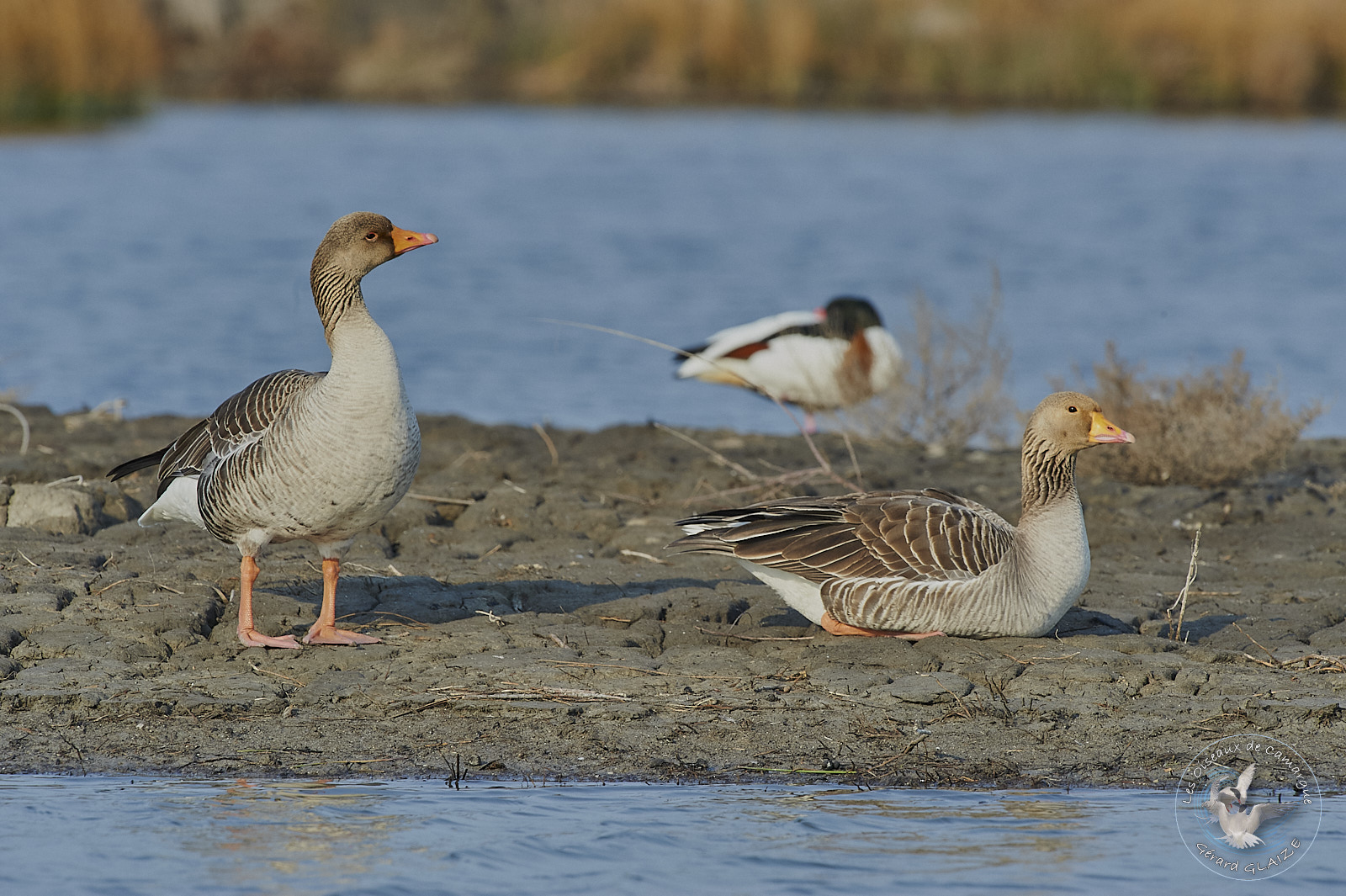
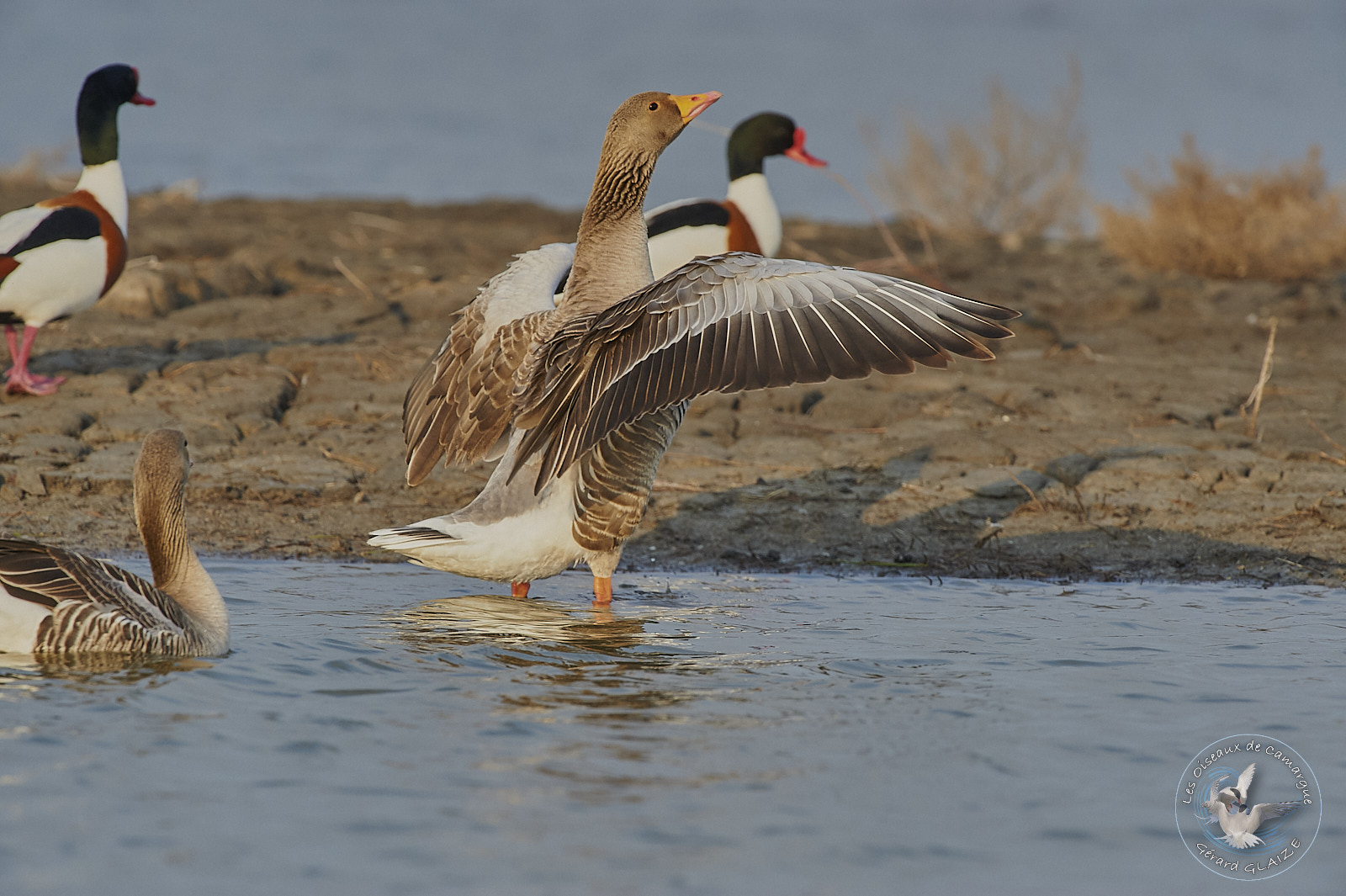

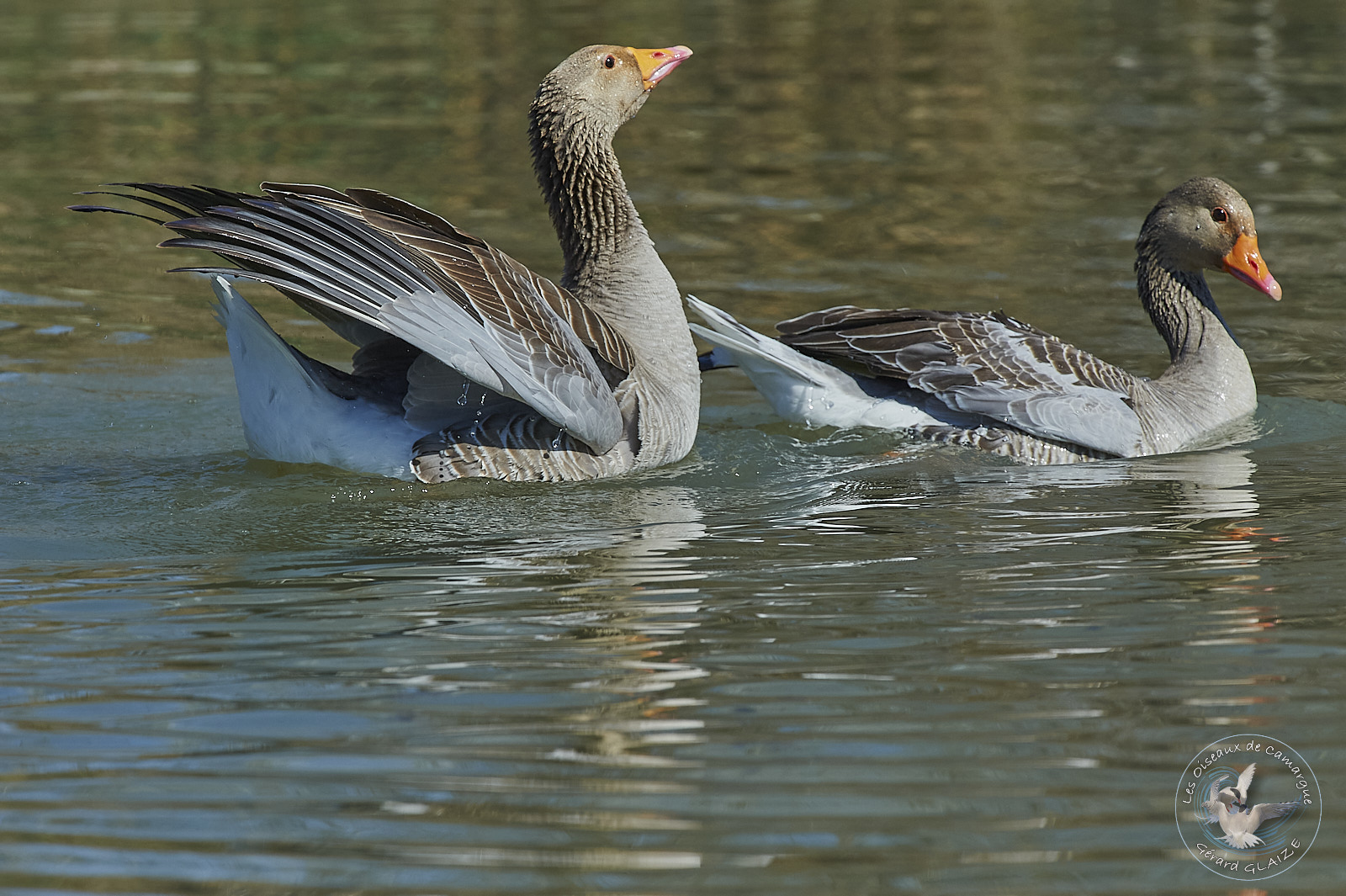
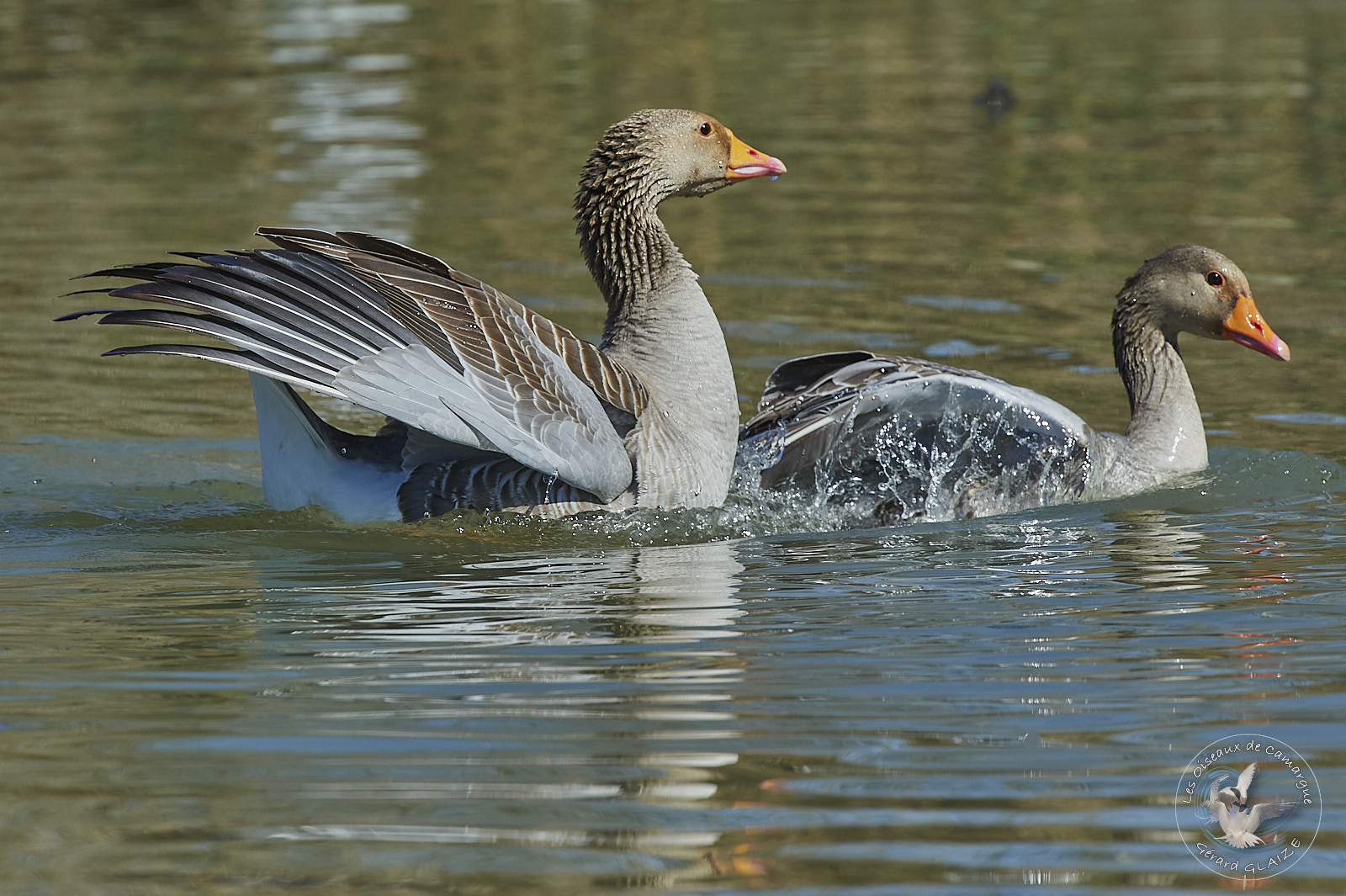
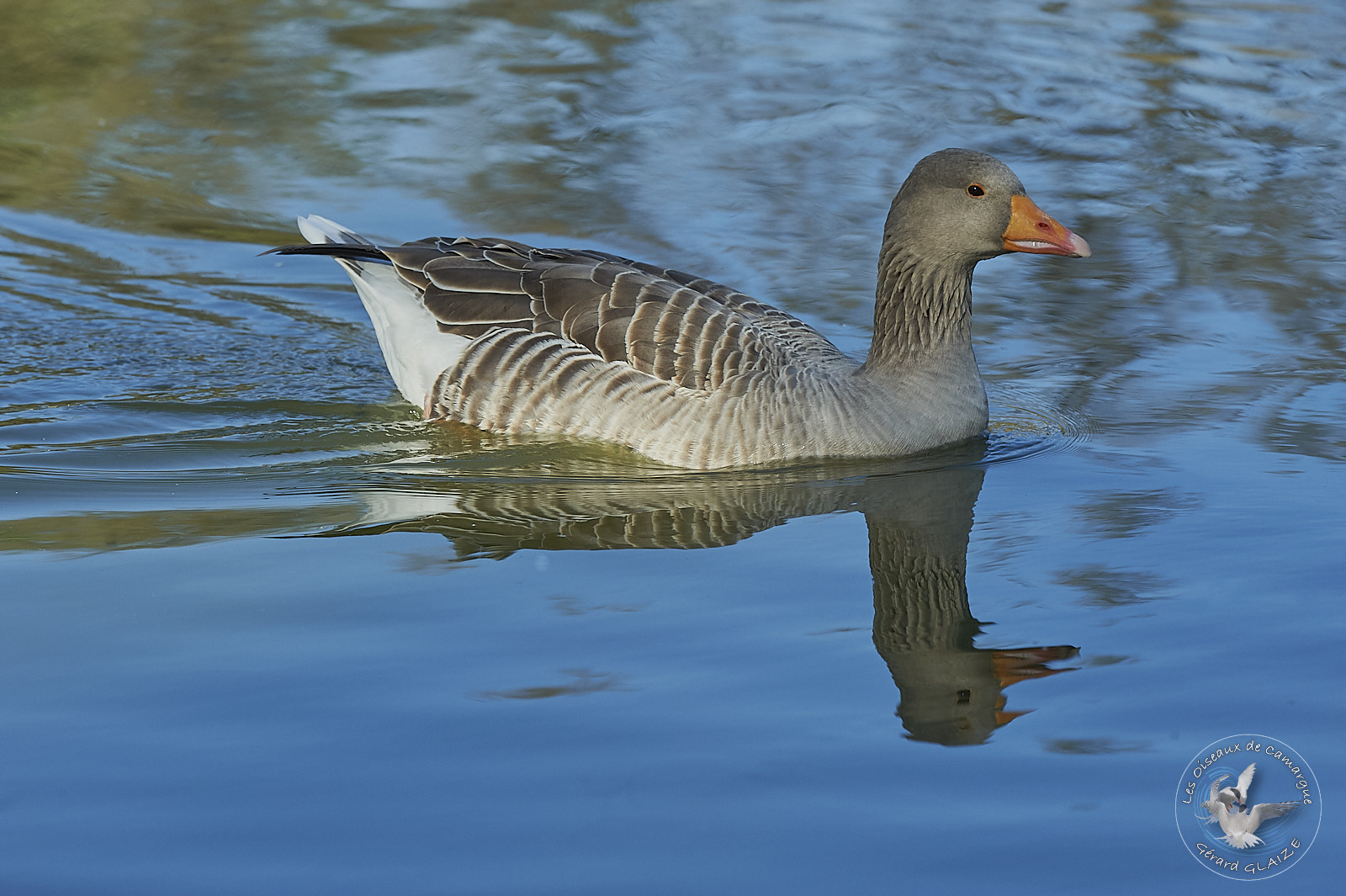

Habitat
First of all in spring, it frequents swamps and the edges of lakes with significant riparian vegetation. Then in winter, it seeks coastal mildness and sheltered places. It is therefore found mainly on the edge of artificial reservoirs, lakes and estuaries but also in rolling meadows and sloped fields.
Regime – Diet
The greylag goose is an exclusive vegetarian, it feeds mainly by grazing on grass and young shoots, but it can also dig up rhizomes, roots and tubers, glean seeds and fruits. In the wild, it in fact mainly consumes aquatic plants, reeds such as bulrushes, phragmites and cattails, or meadow plants such as grasses, clover and dandelions.
Nesting
First of all, courtship and mating take place in the water. Then the nest is built on the ground, hidden in vegetation and reeds. While the female builds the nest, the male guards the territory. The nest is made of woody stems or reeds and lined with down at the bottom. Finally in April, the female lays 4 to 9 eggs, the incubation of which lasts 27 to 29 days. The chicks are precocial and leave the nest as soon as they are dry. They are then able to follow their parents, swim and feed themselves.
Migration
Naturally sociable, the greylag goose becomes extremely gregarious during migration. This species migrates to its winter quarters from September to early December. The return of the greylag geese then takes place from the end of February to March. Stopovers are more regular when these birds go up to their nesting sites than when they go down to their wintering places.
Protection
The African-Eurasian Migratory Waterbird Agreement (AEWA) protects wild goose populations.
Cry
The Greylag Goose “cancans”, the contact call consists of three to five nasal elements repeated “ga ga ga”, “ang ang ang” or “ong ong ong”. In addition, during the migratory passage, the cry is loud and high-pitched.
Useful Links
Other Links
- You can see the article from my site “Birds of Camargue” for more information on the Camargue and the Birds.


